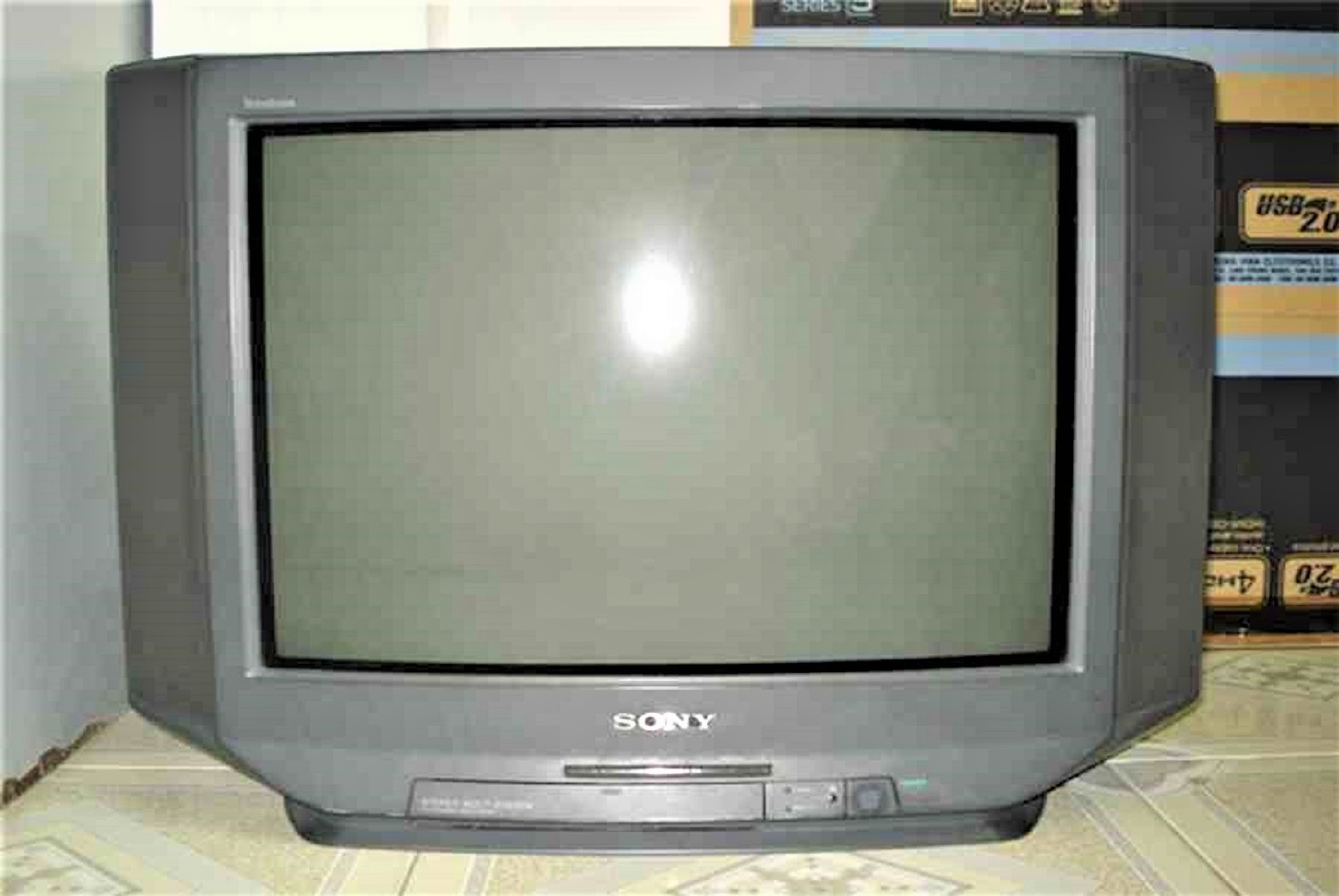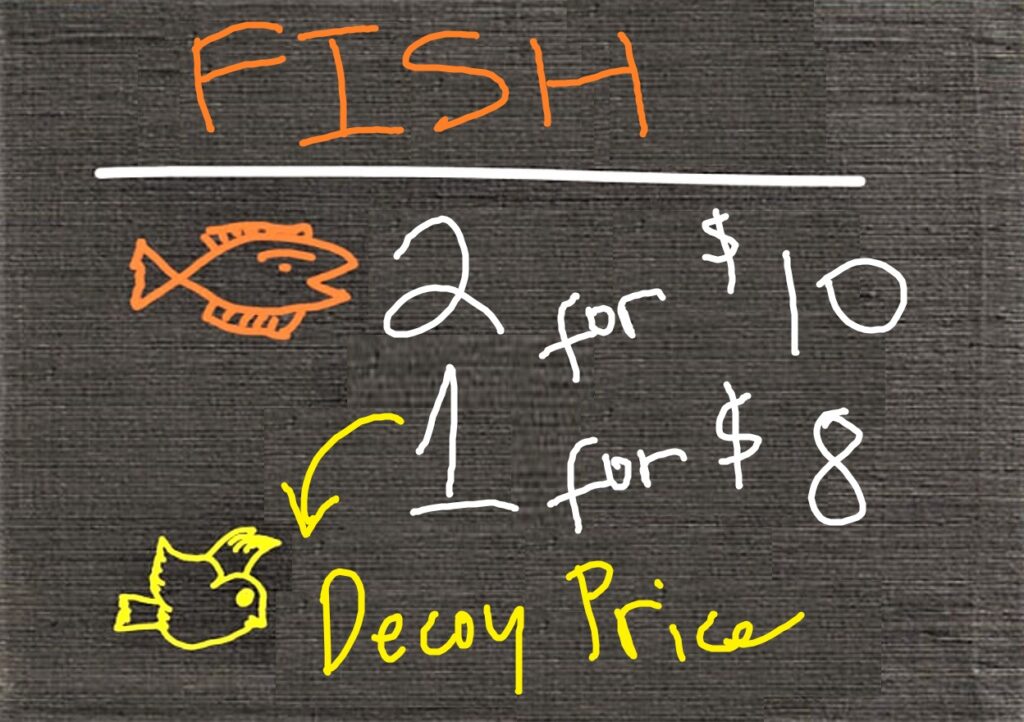EM – The customer is god or is it dominated by the seller, is the product they bought durable or just durable enough, where does the business profit come from…? Those are questions asked by customers and interested people, but not everyone receives accurate, complete and specific answers.
Is the product durable or just durable enough?
A few decades ago, in the period when the economy was not yet developed, household goods, technology, etc. concentrated on famous brands with very high durability. For example, Sony TVs using CRT screens and later LCD, PLASMA screen is very durable and is popular around the world. But now, Sony TVs are no longer durable. Why is that?
Markets and tastes are constantly changing “flows”. If in the past people used to “comfort is better than pride” mindset now it is “eat well, dress well”. In other words, the user’s demand towards trendy products that are compatible with the booming high-tech gadgets instead of using products that are “unbreakable” but quickly outdated, not keeping up with the development of technology.

A super durable TV has stopped production in 2008
New consumer trends have led businesses towards producing products that are only durable enough. The shortened product life cycle will stimulate production, business development, many other factors become competitive criteria: Aesthetic, safety, price, service, … Users have many choices.
The same goes for the elevator industry. In the past, many elevator brands had very durable products. But no matter how durable an elevator is, there are limits to its use, just like a car, over a certain period of time, components and equipment must be replaced. That’s not to mention there are good elevators, but its components, accessories, and equipment are no longer manufactured. In that case, will the customer “live or die” with that outdated elevator?
Thus, when many firms were born and supply was greater than demand, manufacturers switched from a strategy of making very durable products to making products that are only durable enough to shorten product life, helping them sell more, design changes faster to match the tastes of consumers…
Where do corporate profits come from?
Profits of a typical business come from two sources. The first is selling products, the second is selling equipment components and providing services associated with the product such as installation, maintenance, repair, replacement, etc.
Previously, profits were mainly obtained from the sale of products. But today, a product can be sold by many companies. People can reduce the selling price of the product to the lowest level, even below the production price, or give away the product to the customer. In return, they can make a profit from additional services or from selling replacement equipment and components.
There are many product ads in which manufacturers say they sell products below production cost, accepting losses. So where is the profit for them? Are they really at a loss? It’s actually a marketing method. If selling at a loss, if the service is not profitable, why do people invest and produce?
For example, some telecommunications carriers in the world and Vietnam have attracted customers by giving away equipment (phones) for them to use the service. The value of the free phone depends on the service plan. So do service providers suffer when there are phones for customers worth tens millions dong?
It is true that in the immediate future they have to invest a lot of equipment to give users which cost a large amount of money. But only after a while, they will recover their capital and make a profit. In that case, the free phones are really just “fishing hooks” that will later become golden eggs for the service provider.
Boeing and Airbus can compete with each other to lower prices, thanks to the support of motor engines manufacturers Rolls-Royce, Pratt & Whitney and General Electric (GE). The motor engines manufacturers hope to profit from the replacement of the motor engines in the future, depending on what motor type the new aircraft will be designed for.

New planes can be very cheap, but it’s the motor engines that need to be changed periodically later on that matters!
Or for example, a famous color printer, each time the ink is changed, it costs more than 1 million dong… With a large number of printers operating at the same time, the profit from providing ink is not small, sometimes it become the main source of income for the producer.
During the period when the economy in general slowed down, leading to the deceleration of the elevator industry during the recent Covid-19 period, we also found that focusing on maintenance services and trading equipment and components still bring effective sources of revenue for elevator businesses. Elevator businesses in the market are saturated with new sales, then they turn to “take advantage” of profits from the source of components and maintenance services.
Is the customer a god or a slave?
That question is asked not only by customers but also by economic experts. And the answer is: Either way there is a basis.
Customers are king because they have the power to decide in the end which products and services to buy. But the problem is that, many times, customers are psychologically manipulated, leading to purchasing decisions that are dominated and influenced by the seller of the product or service provider.
One of the effective sales solutions that dominate customers’ decisions is the “Decoy Effect”. This effect is one of the sales tactics based on the “cognitive bias” of people. Customers often want to compare to buy the most profitable price. Taking advantage of this habit, the seller has created conditions for customers to compare and compare on the spot with the different prices they offer, in which, the price they want is the price that the customer think is the best! In these cases, customers are often psychologically influenced, so they make completely wrong decisions and judgments, especially when influenced by outside information and the “irrational” nature of thinking.
For example, the seller gives the formula: Buy 1 product costs 10 dong, but buy 2 products costs only 15 dong/2 products. The price of 10 VND/product is the bait for the seller to sell 2 products at the same time at the price that the user considers reasonable…

If the price is $5/ fish, few people will buy it, but if you add decoys like this, the price of $5 / fish is naturally attractive!
And when customers are gnawing on the pleasure of thinking they can buy some bargain products, but in fact, they are put into a small trap where the seller is the “god”.
The elevator industry has similar stories. Suppliers offers a relatively reasonable price but has installed an operating system key for which only they have a password. This move is to ensure that users will use the maintenance and replacement services of their own or authorized units.
Software upgrades also make products obsolete quickly when the device’s hardware fails to meet the requirements of the new software. This is a measure that is quite popularly applied by phone manufacturers such as iPhone. Some major foreign elevator brands also apply this solution. When new components cannot be compatible with old devices and as a result, users may have to replace the entire component assembly or upgrade the manufacturer’s proprietary software… And like that, products that seem to have initial low prices have turned into “lock” that squeeze customers, forcing them to depend on suppliers.
In fact, today, customers absolutely have the right to choose the product, utility or service that is right for them. But it is the manufacturers and distributors who own the “game”. If a business wants to grow sustainably, it must build its brand identity and the emotional connections that brands make to customers. It is these ties that bring customers closer to the company’s products, and make customers always loyal to the product. Building a brand is about developing and nurturing those relationships. In other words, businesses have many options for their strategy: Focus on short-term profits for shareholders, focus on employees or focus on customers… That will determine how they deal with customers./.
Thien Hoang



